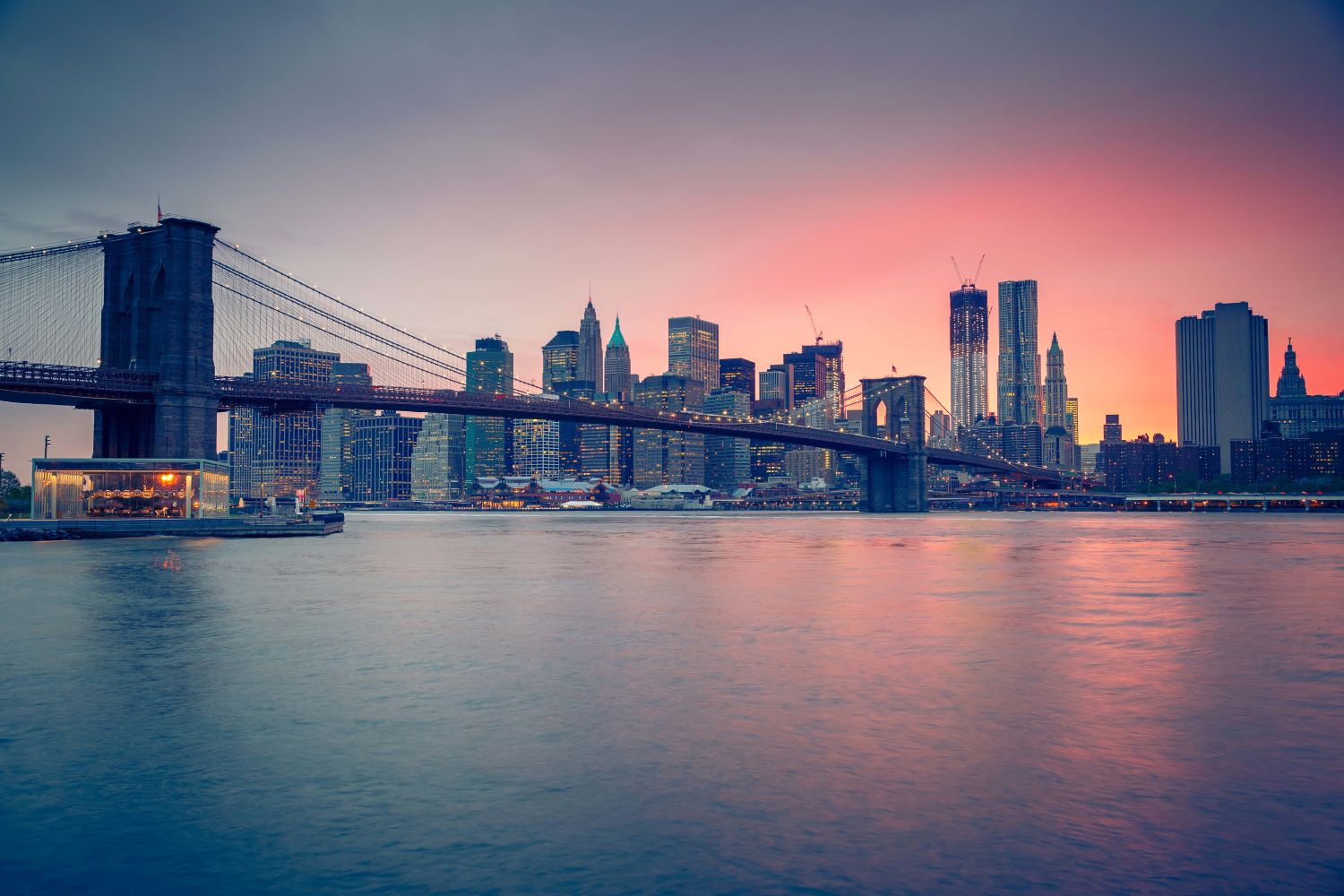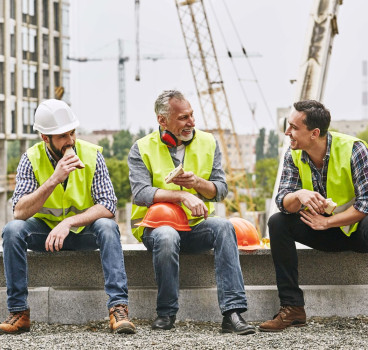Emily Warren Roebling - the extraordinary woman behind the Brooklyn Bridge
The Brooklyn Bridge, a symbol of both New York City and 19th-century engineering ingenuity, owes its existence in large part to a remarkable woman - Emily Warren Roebling. While history often focuses on her husband, Washington Roebling, as the bridge's chief engineer, Emily's contributions were essential in completing this iconic landmark. Her story shatters gender stereotypes, highlighting her strategic mind, engineering capabilities, and unwavering determination to see the project through.
Born in 1843 in Cold Spring, New York, Emily Warren (pictured below) was a woman of intelligence and curiosity. Her family encouraged her education, a rarity for women of her time. This background would prove invaluable as she stepped into an unexpected and groundbreaking role in the construction of the Brooklyn Bridge.
In 1864, while visiting her brother, a Civil War general, Emily met Washington Roebling, the son of John A. Roebling, a renowned bridge builder. They married a year later, and Emily became immersed in the world of engineering. John Roebling had been chosen as the chief engineer for the monumental task of constructing the Brooklyn Bridge, connecting the then-separate cities of New York and Brooklyn.

Tragedy struck when John Roebling died from tetanus shortly after the bridge's construction began. Then, a debilitating illness called decompression sickness ("the bends"), struck Washington, leaving him bedridden. Undeterred, Emily stepped into an extraordinary position. She became her husband's eyes, ears, and voice on the construction site.
At a time when women were largely excluded from engineering and construction, Emily immersed herself in the technical aspects of the project. She studied advanced mathematics, the strength of materials, stress analysis, cable construction, and bridge specifications. Armed with this knowledge, Emily communicated with engineers and workers on-site, conveying her husband's instructions and ensuring the project stayed on track.
Emily's role extended well beyond relaying information. She became Washington's partner, interpreting complex blueprints and calculations, and handling diplomatic matters with officials and trustees. Her skill as a mediator smoothed tensions that inevitably arose during such a massive undertaking.
As her expertise grew, she was able to make strategic decisions regarding the bridge's construction, gaining the respect and trust of the engineering team. Some historians believe she may have single-handedly saved the project when political and financial challenges threatened to halt its progress.
Despite her undeniable contributions, Emily received little public recognition during her lifetime. Her husband was ultimately credited as the bridge's chief engineer. However, the project's opening in 1883 was symbolic for both her and for women everywhere. Emily Warren Roebling was the first person to cross the completed Brooklyn Bridge, riding in a carriage and carrying a rooster as a symbol of victory.
Following the bridge's completion, Emily pursued other interests. She travelled extensively, earned a law degree from New York University and actively participated in social organisations. Though history books did not always give her proper acknowledgment, her legacy has been rediscovered in recent decades.
Emily Warren Roebling's story is more than just about building a bridge. It's a testament to human perseverance, the power of knowledge, and the fight for recognition. Her legacy reminds us that even the most ambitious dreams can be realised with determination, regardless of gender or societal expectations.
Sources of Information
- Biography of Emily Warren Roebling ASCE, Image also courtesy of this website.: https://www.repicture.com/userprofile/emily-warren-roebling
- Wikipedia: Emily Warren Roebling: https://da.wikipedia.org/wiki/Emily_Warren_Roebling
- Emily Warren Roebling, National Women's History Museum: https://www.womenshistory.org/womens-history

Additional Articles

Why everyone has a favourite skip and what it says about you
In construction, there are two universal truths – tea, of course, is essential and believe it or not, everyone - whether they are prepared to admit it - has a favourite skip. It may sound strange,...
Read moreThe cultural significance of the bacon roll in UK construction
Walk onto any construction site in the UK at 7:30am and you’ll quickly discover that the most important piece of equipment isn’t a digger, a drill or a laser level. It’s a humble, foil-wrapped,...
Read more

Check out the odd things unearthed on construction sites
Dig deep enough on a construction site and you might be amazed at what you find. In fact, if there is anywhere destined to uncover hidden treasures, you are in the right place. Large-scale ground...
Read more